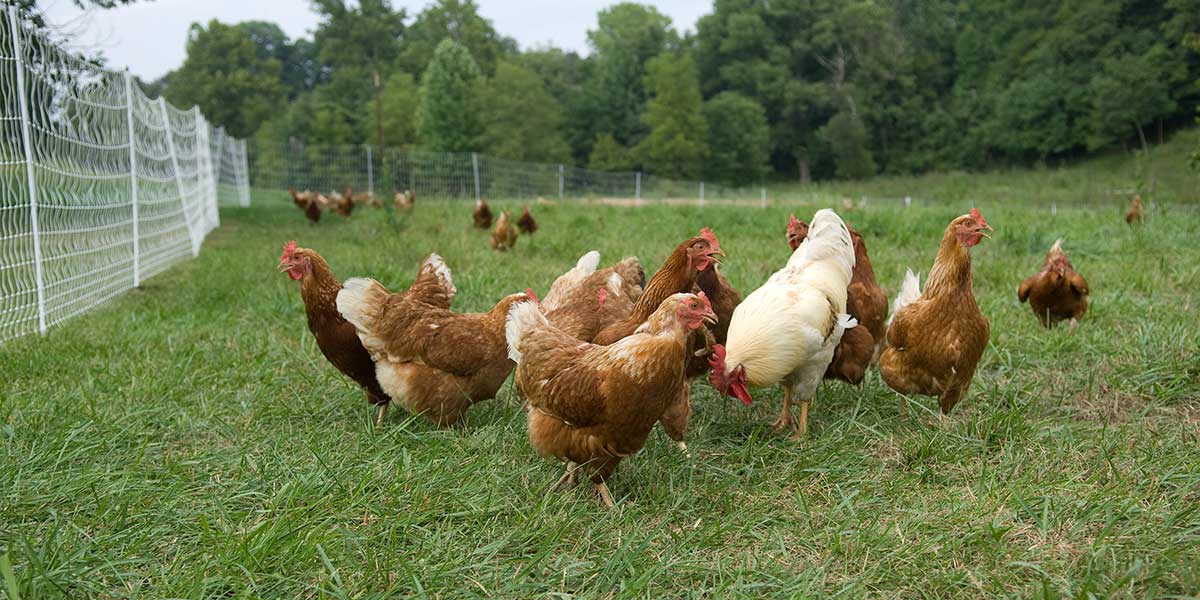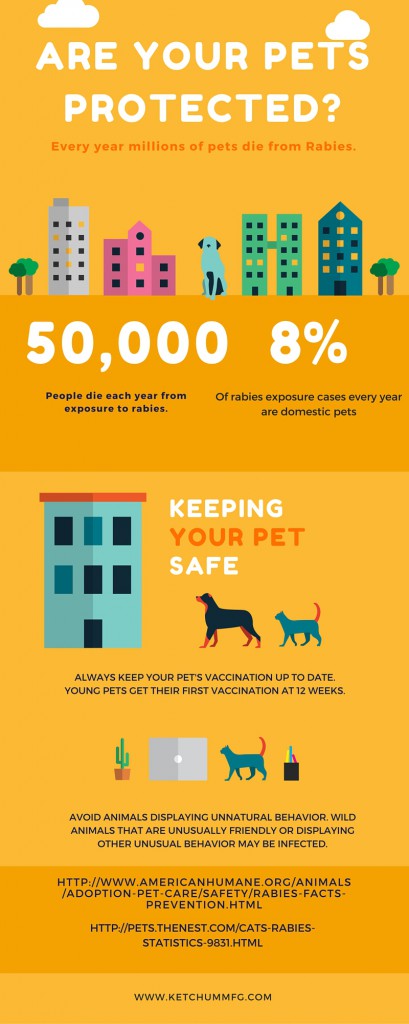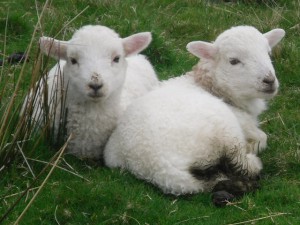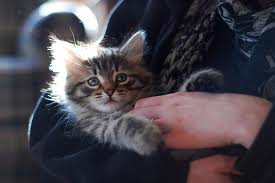[INFOGRAPHIC] Are Your Pets Protected Against Rabies?
Some Pre-Spring Tips for Lambing
I know we posted this back in the end of Fall, but with lambing season beginning soon, we felt that we should bump this post back to our front page. This will help make sure that you’re prepped for lambing this Spring (which is only two months away, by the way). Also, if you’re new to raising sheep or are researching the possibility of adding sheep to your farm, we have a short tip sheet as well as put together a more in-depth guide that you should take a look at!
Even though the winter might feel like it lasts forever, it will eventually come to an end, and lambing season will be upon us sooner than we expect. So, here are a few tips to remember when it comes to lambing this Spring.
Is your space ready?
First thing to remember is your lambing barn ready? No two barns are going to be alike, and there isn’t one correct way of going about this. It all depends on what your needs are and what resources you have available to you. However, there are a few things that you need to make sure of. Firstly, that you have a warm, clean area for the ewes and their babies. However, there is a fine line between a warm barn and one that isn’t getting good airflow and has high humidity, you have to find a balance between getting fresh air into the barn but not creating a draft through it. Secondly, you need to make sure you have the lambing pens ready at the same time, these should be a large enough space so that the lambs have room to move around, and are equipped with a heat lamp.
Attentiveness is key!
I cannot stress this enough, when lambing you need to make sure that the lambs are getting colostrum right away. Producers should always be prepared to deal with weak or cold lambs as this can happen, especially when lambing gets into full swing. The longer these lambs go without an colostrum adequate intake and/or are still cold the most likely they won’t recover.
Nursing
In an ideal situation the lamb should nurse from the ewe around an hour after birth so that the lamb can get the full nutritional benefit of the colostrum. If the lamb is too weak to nurse, it might be necessary to tube feed the lamb. This should be done by someone who is skilled at this due to the potential health risks on the lamb from tube-feeding. Additionally, you should have some frozen colostrum and milk replacer handy in case of weak lambs. When defrosting the colostrum make sure to bring it up to temperature via warming in hot water, never in the microwave as this will destroy any nutritional value of the colostrum for the lamb.
Finally, you should have an immunization schedule in place prior to the start of lambing, by doing this you’ll be prepped for lambing and will have all the necessary equipment in place.
Lisa Podwirny is the owner of Ketchum Mfg. Connect with her on Google+!
Rainy Day Fun With Your Cat
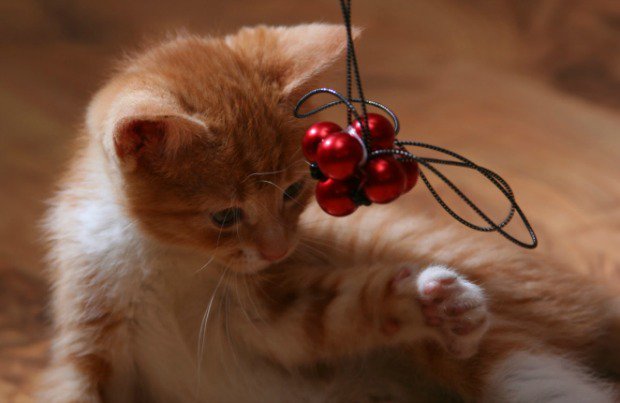 With Fall now in full swing, the rainy days have once again come to Upstate New York. However, just because you want to curl up with your favorite blanket and binge the latest season of your favorite show on Netflix, doesn’t mean that your feline friend wants to as well. So, here are some great ways to entertain yourself and your cat at the same time. Plus, you get to add to the multitudes of cat videos on social media.
With Fall now in full swing, the rainy days have once again come to Upstate New York. However, just because you want to curl up with your favorite blanket and binge the latest season of your favorite show on Netflix, doesn’t mean that your feline friend wants to as well. So, here are some great ways to entertain yourself and your cat at the same time. Plus, you get to add to the multitudes of cat videos on social media.
The Treasure Hunt
Cats are hunters by nature, so an excellent way to stimulate your cat is to set up a treasure hunt for your indoor cat. You can hide special treats for your cat inside puzzle feeders for your cat to discover. Also, spread a few around the house so that they never know when they’re going to find a treat. This is a great option to break up boredom for the cats when left home while their humans are at work.
The Agility Course
Creating a homemade agility course for your cat sounds complicated but actually isn’t at all. Start by making a paper bag tunnel and then give them a treat when your cat goes through it. Then add a second obstacle, then a third, and so on. Cats love being active and love the exercise. More important though, is to make it fun and stress-free, for yourself and for the cat. One of the nice things about a homemade agility course is that you can customize it as you see fit and build it to match your cat’s physical abilities.
The Paper Bag
One of the great things about cats is that it doesn’t take much to entertain them. Sometimes, all you need is a paper bag and they’ll be entertained for hours on end. One thing you can do is take 3 or 4 and put them around the room and sprinkle a little catnip inside the bag and watch your cat dive, pounce and generally act silly.
iPad Playtime
If you’re feeling particularly tired from the day, you can also set up an app (yes, they have apps for cats) that lets them hunt after bugs and fish. Some of the apps, even interact when the cat catches a fish or bug.
Whatever indoor games you decide to set up with your cat, keep in mind that your furry feline friend was born to move, and they have highly tuned senses. While it’s important to keep them safe indoors, it is also very important to provide them with adequate stimulation and environmental enrichment. After all, indoor games and activities may go a long way in preventing behavior problems down the road due to boredom or separation anxiety.
Tips For Choosing A First Family Pet
Introducing a new pet to your household can provide your household with a loving companion that can teach your kids about responsibility and compassion as they and you help care for the animal. However parents, it’s important to remember that not all pets are created equal when it comes to compatibility with kids. Here are some tips that can help you select a first pet that’s suited to living with kids and won’t outgrow your home.
1. Consider Your Family’s Lifestyle
One of the most important things to first take into consideration is your family’s lifestyle as a whole when you’re choosing a pet. Is the house empty most of the day or is there someone at home throughout? If it’s empty most of the day, a puppy that needs to be taken outside multiple times might not be the most ideal choice.
2. Financial Responsibility
Any pet, big or small, requires a financial commitment from the family. Food isn’t free, and neither is healthcare for pets. That being said, some pets are much more expensive to care for and feed than others. Adopting a rescue might be a noble choice, but one that comes with preexisting health issues will also bring a slew of medical bills that might break the bank. Think about how much room there is in the family budget, and keep that in mind when you consider upkeep costs for the pet.
3. Allergies
Some pets are more aggravating to allergies than others, and living with an animal that triggers those allergies can be miserable. For example, no matter how much your child begs for a puppy or kitten, if someone in the home is allergic to pet dander, it’s just not a good idea to bring one home. However, there is a little caveat to this, there are cats and dogs that are hypoallergenic, it just takes a little research into which breeds (and how expensive they are) fall into this category.
4. Space Constraints
A small, cuddly, baby fluffball might be cute and extremely tempting to bring home, but sometimes, those cute little babies can grow up into large, unwieldy pets. An iguana might be small when you bring it home, but some can grow up to 6 feet in length! Similarly, a Great Dane might not be the best choice of canine companion for a small apartment.
5. Animal Care Requirements
Every pet has certain care requirements that are non-negotiable and must be taken care of. Litter boxes need to be cleaned, dogs need to be walked, fish fed, and gerbil cages cleared. If the primary goal of owning a pet is to help introduce a level of responsibility for your kids, make sure that the animal care requirements aren’t beyond their ability to manage.
6. Be Realistic About Responsibilities
This next tip fits in with #5 above. You may have these grand ideas that your child is going to be a major participator in pet chores, however, be prepared to shoulder that burden yourself if the kids don’t hold up their end of the bargain.
7. Do Your Homework
The best way to choose a pet that will mesh well with your family is to simply do research about any type of pets that you may be considering. Don’t be swayed by the cuteness of certain baby animals, and make sure you don’t simply buy on impulse. Create a list of pet types that would be suitable for your home, and narrow down the options to find the one that will be a good fit for your family.
Also, make sure that if you get a four legged furry companion, that you have them properly identified. This will not only save you from heartache later, by making sure that they are always easily identified in case they get lost.
